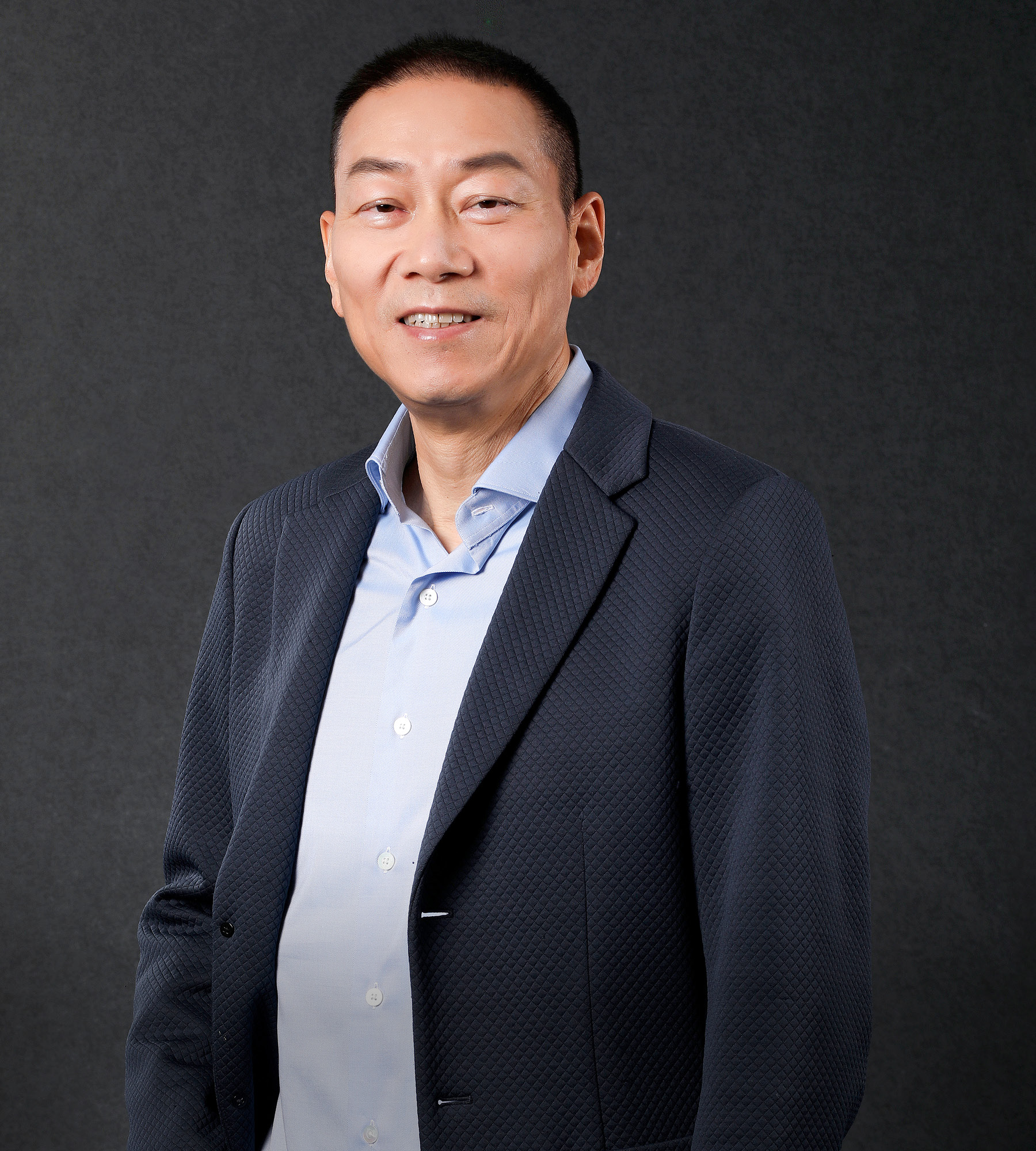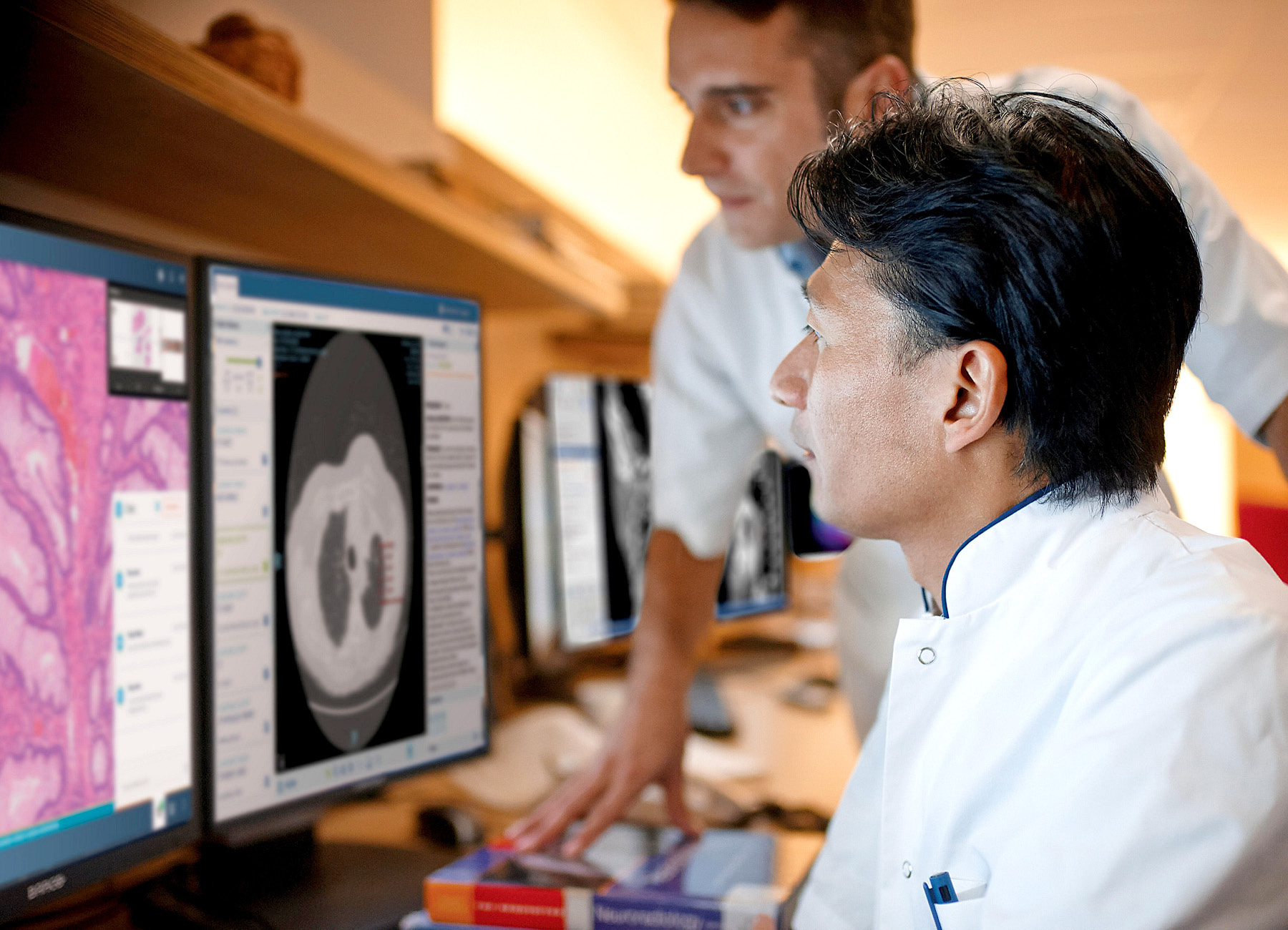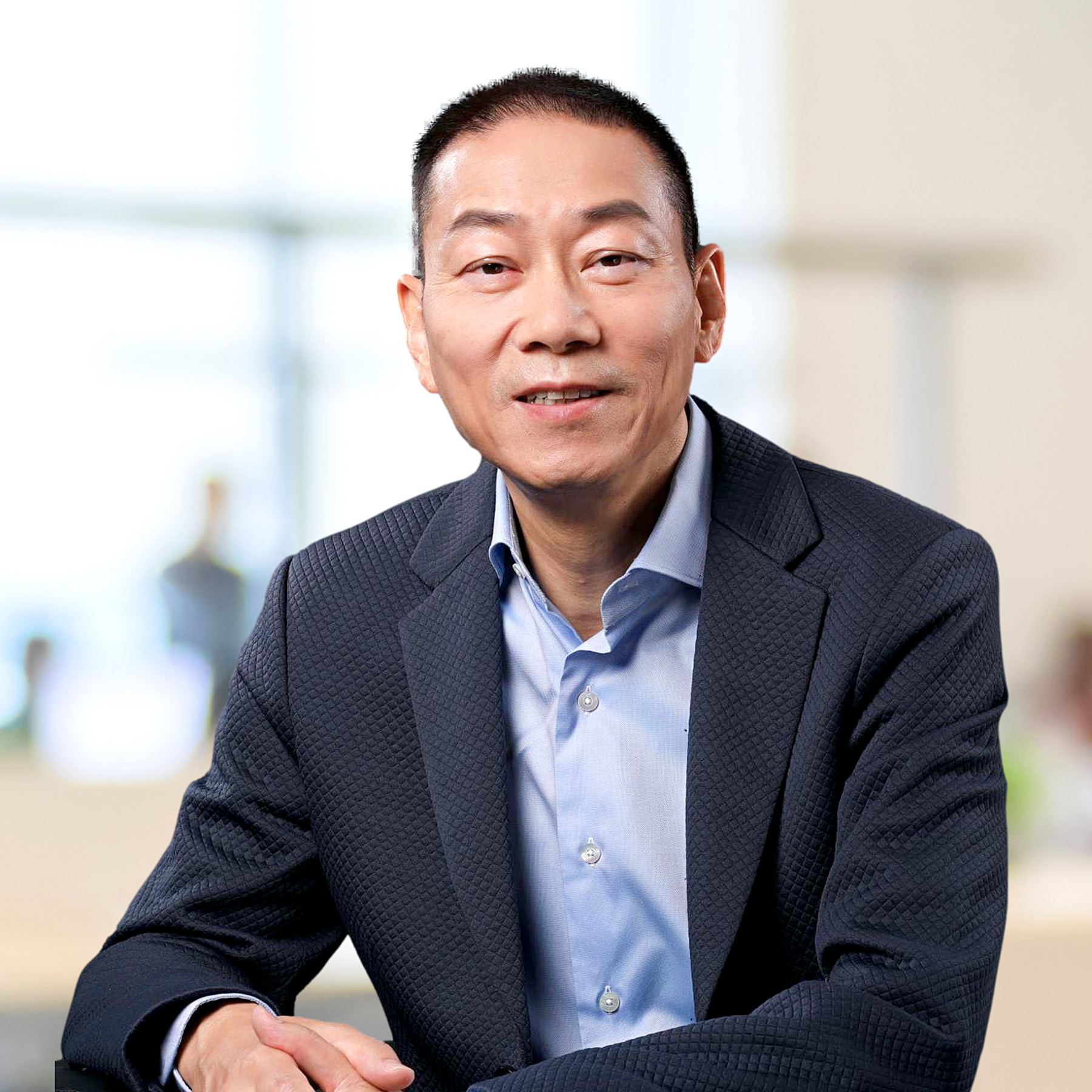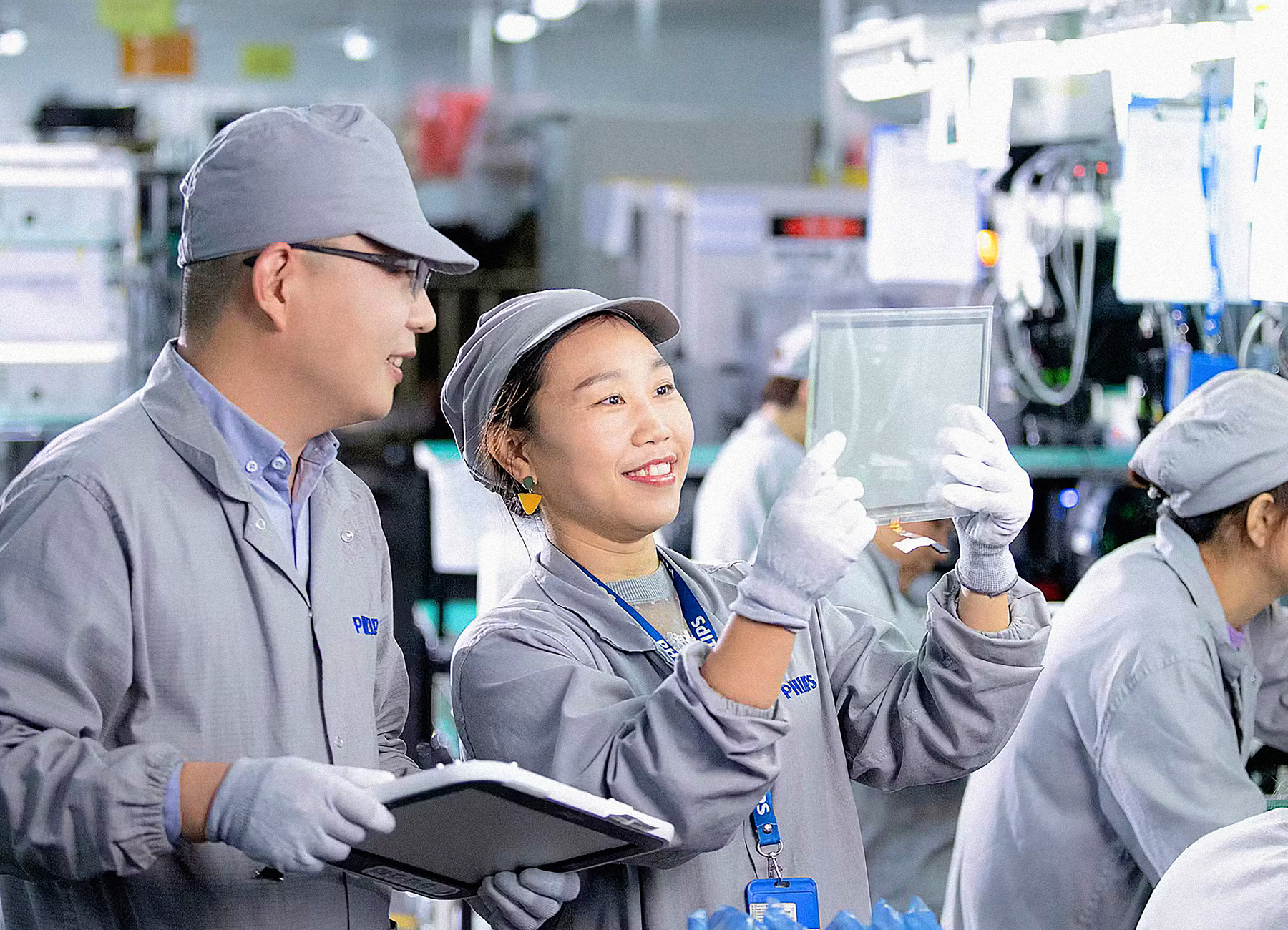Language
You can read the magazine in one of the following languages
Geolocation
You can read the global content or the content from your region


The sheer scale of China’s healthcare industry is difficult to comprehend, with 4.3 million doctors across 37,000 hospitals caring for over 200 million hospital visitors a year.
Its annual revenues of more than US$1.5 trillion are projected to grow by nearly 10 percent a year until at least 2027, making it one of the country’s fastest-growing sectors, with just under seven beds for every 1,000 people – twice as many as in the United States.

But health providers are under immense pressure to cope with the demands of an aging population. By 2040, there will be more than 400 million people over 60 living in China.
“We need to do more with less,” according to Andy Ho. “Financial resources are in short supply. It’s the sort of imbalance that requires fundamental or even systematic change in the healthcare system.”
It’s an area he was heavily involved in during his time as Chief Regional Leader for global technology giant Philips in Greater China, a leading innovator in the healthcare space with a goal of improving 2.5 billion lives per year by 2030, 400 million of those in underserved communities.
From 2015 until earlier this year, when he made the decision to retire, Ho headed up the firm’s operations across China, Hong Kong, Taiwan and Macau, achieving impressive growth and a slew of research breakthroughs that have made Philips a major player in the market.

And he knows that continued investment in cutting-edge medical devices and treatments will be key to keeping up with the soaring demand for services.
“At the end of the day, we don’t have enough doctors and nurses, so advances in AI and other technologies are essential to increase productivity and deliver the best possible care for patients,” he says.
He illustrates his point through an international comparison of medical imaging.
“A typical CT scanner in the United States does 15–30 scans per day, but in China, it can easily go over 200 or even 300,” he explains. “The disparity shows what a focus on efficiency can achieve as we face growing numbers of elderly people. In the next decade, a third of our people will be over 60, which will put further strains the health care.”

Already today, 75 percent of Chinese citizens over 60 have at least one chronic disease with 43 percent suffering from two or more diseases at the same time, according to statistics from the National Health Commission.
“Chronic conditions associated with aging drive high medical demand, but resources remain limited,” Ho says.
This profound market knowledge and commitment to driving innovation has positioned Ho as a leader in the field and ensured his legacy will endure.
While the last few years have been tumultuous, with the pandemic, supply chain issues and spiraling inflation among the hurdles, he has skillfully navigated them using his ‘going to gemba’ leadership style. The expression refers to a commitment to ‘visiting the shop floor’ in Lean and Kaizen methodologies, he explains.
“I’m not the kind of executive that always sits in the office and tries to command the world,” he says. “I want to really get what I call ‘the market and people touch’. I want to go around and talk to people. That’s how I get the best insight of where the world is going.”
This is crucial as the pace of change accelerates in this digitally enabled age. China, in particular, he says, is transforming at a breathtaking rate. “You need to stay close to where the market is going, to the market dynamic, to get those insights. If you don’t have those insights, then you cannot make the right decisions,” he warns.

“The best insights are not coming from within your office, they are coming from your interactions with all the key stakeholders, your customers, your patients and your consumers.”
Equally important, in Ho’s view, is that companies structure themselves with these connections in mind.
“Many companies, multinationals, corporates or even governments, they run in a matrix organization,” he continues. “People talk about the interaction, or even conflict, between vertical function and horizontal function. But to me, you really need to work horizontally to win vertically.”
Collaboration is the key to this, with Ho highlighting an integrated approach as the best way forward.
“It’s about getting things done with one team, one goal rather than being a silo,” he says. “I think that is a winning formula for almost any organization on Earth.”
Upon the announcement of Ho’s retirement, Philips CEO Roy Jakobs named his successor as Ling Liu.
“I would also like to express my deep gratitude to Andy for his exceptional leadership in delivering on our commitment to supporting China’s national health strategy and becoming a trusted partner for professional customers as well as individual consumers,” Jakobs said. “At the same time as driving sustained financial and operational performance over the last nine years.”